In comparison with beer or even cocktails, the world of wine can be an intimidating place. In America, neither red nor white have ever been the workingman’s drink (not to mention rosé or orange variations); and even in France or Italy, access to more reasonably priced wine does not guarantee an understanding of the industry. For those of us who do valiantly attempt to understand wine, our efforts often evoke the adage, “the more you know, the more you don’t know.”
Throughout history, numerous experts and critics have attempted to codify the mysterious world of wine, developing rating systems to guide novice drinkers in forming opinions about what constitutes a good or a bad bottle. In turn, readers shared these opinions with friends and family, reinforcing the notion that there was a right and a wrong way to drink and think about wine.
Yet in recent years, more sommeliers and winemakers are challenging this status quo. Their personal opinions may (or may not) adhere to traditional codes of what a “good” wine tastes like, and in fact, a greater diversity of opinion is exactly what they are trying to cultivate. Yet the most radical idea these professionals present isn’t that casual drinkers should trust their own sense of taste; it’s that customers should know—and care—about what is actually in the bottle.
These proponents of transparency are often called “natural” wine enthusiasts, a term that lacks a firm legal or industry definition. If you ask Isabelle Legeron, author of Natural Wine and founder of the RAW WINE fair, she will define natural wine as, “One hundred-percent organic grape juice with nothing added.” Yet even at Legeron’s own events, you are guaranteed to see a wide range of descriptors to fill in the question of what “natural” might mean: biodynamic, pesticide-free, unfiltered or low/no-sulfite, among others.
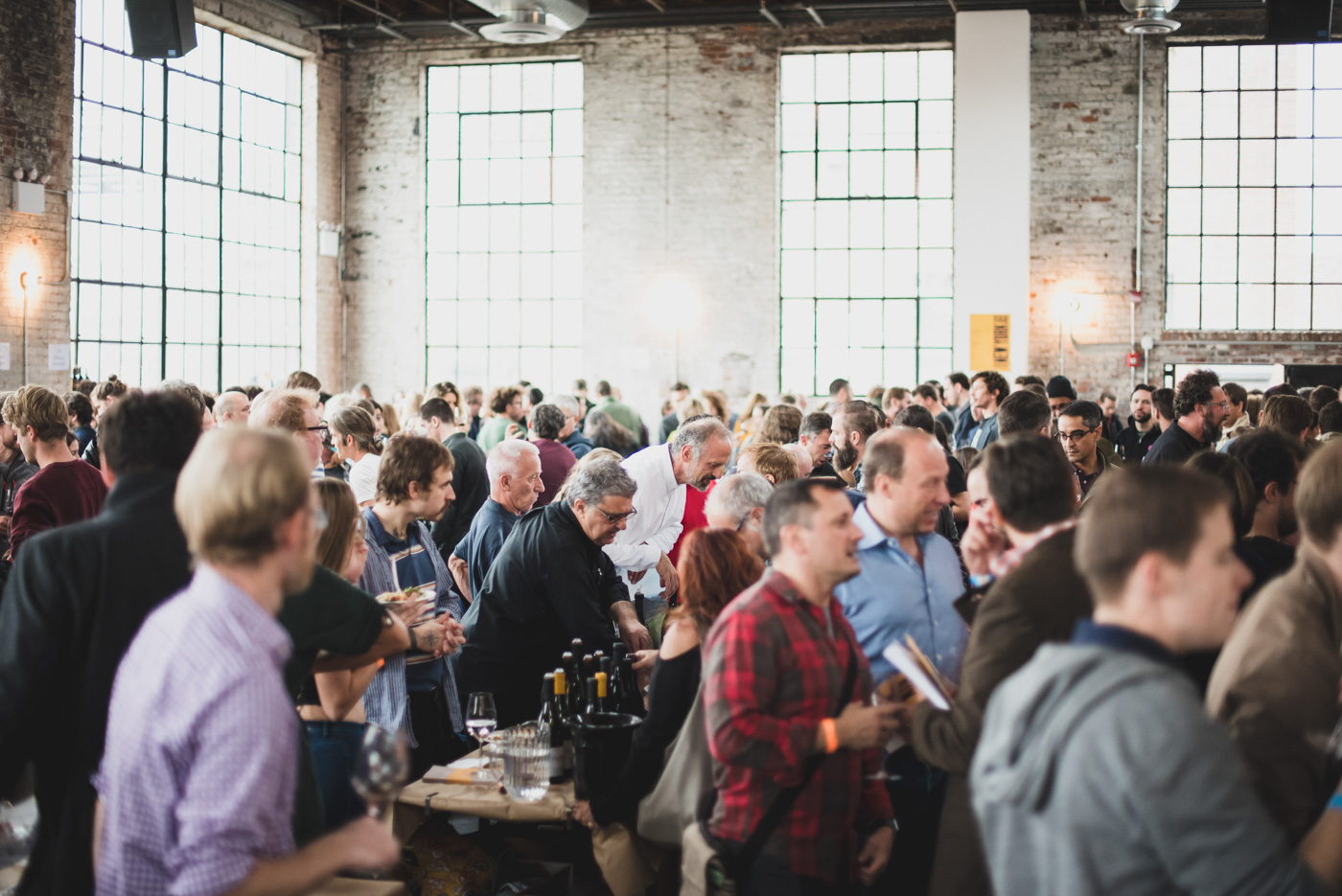

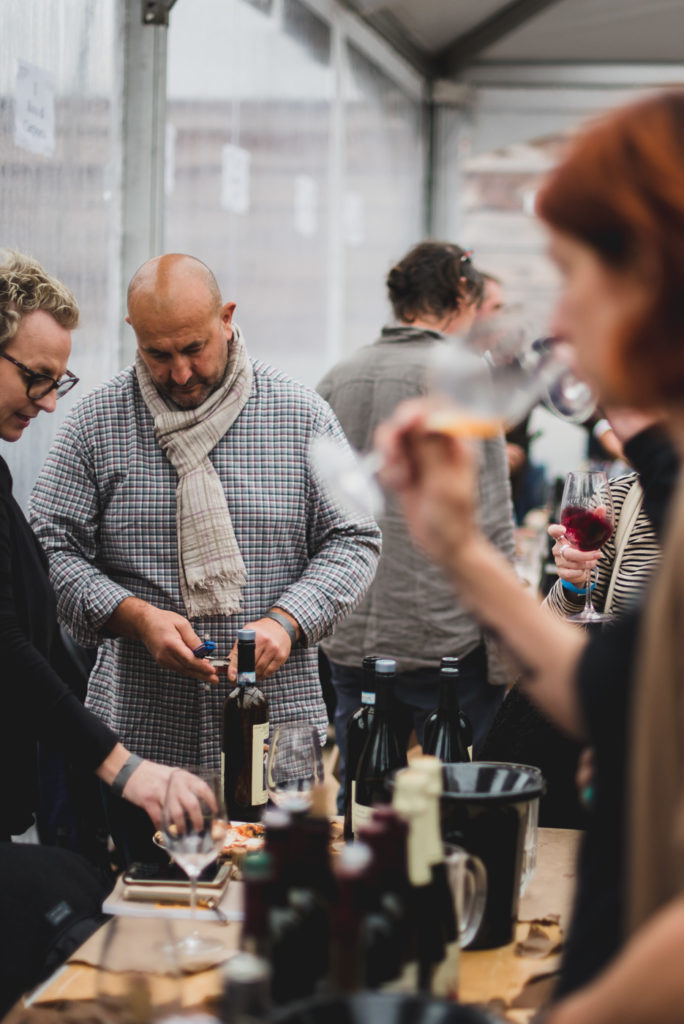
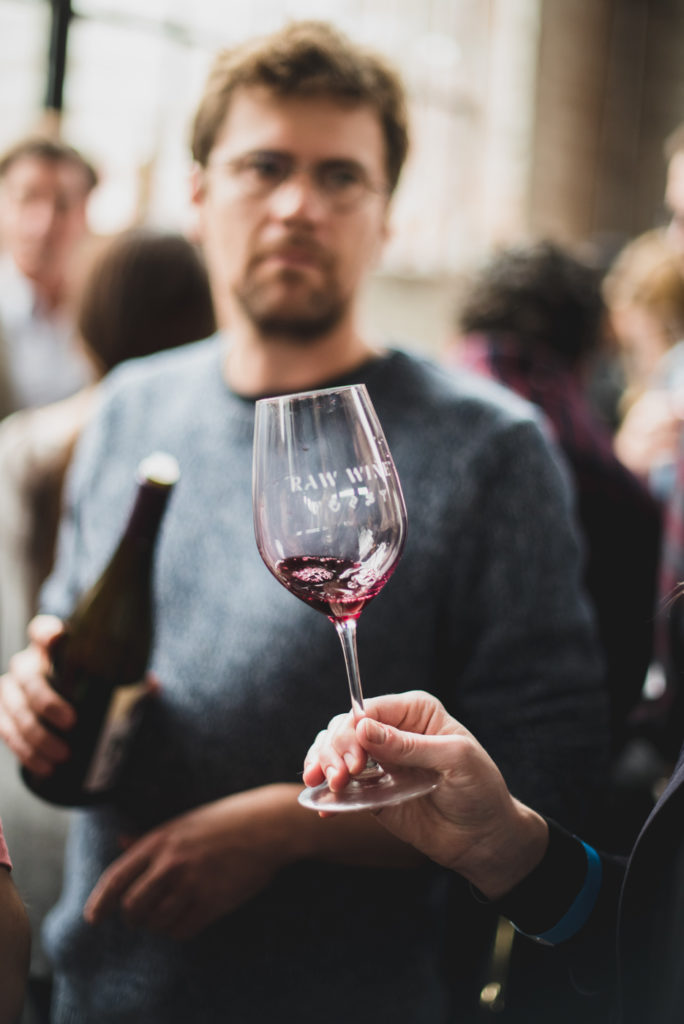
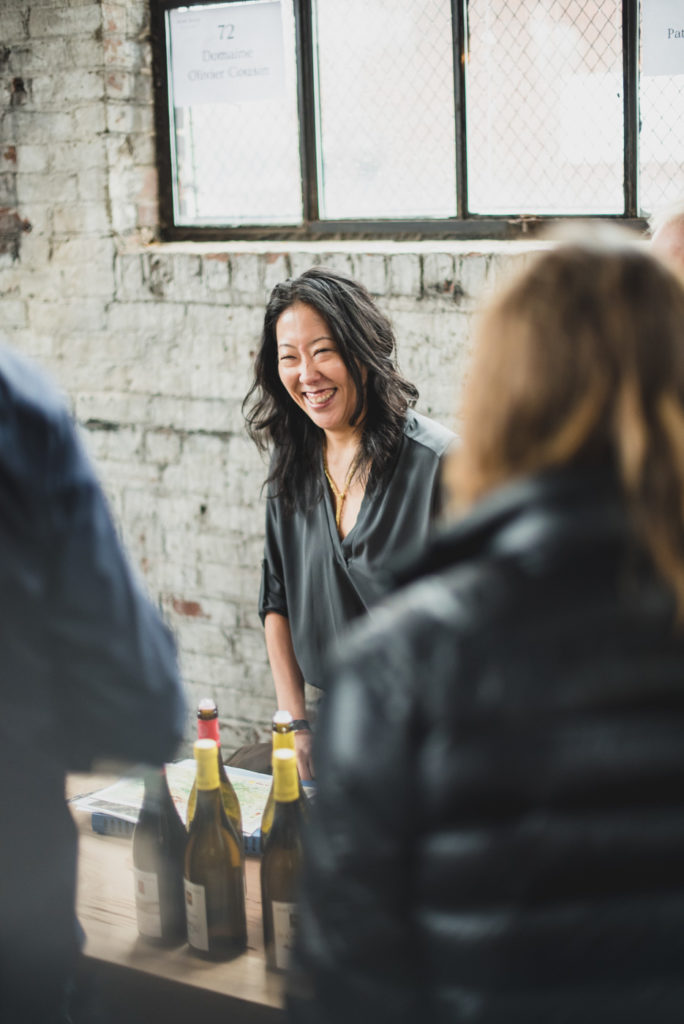
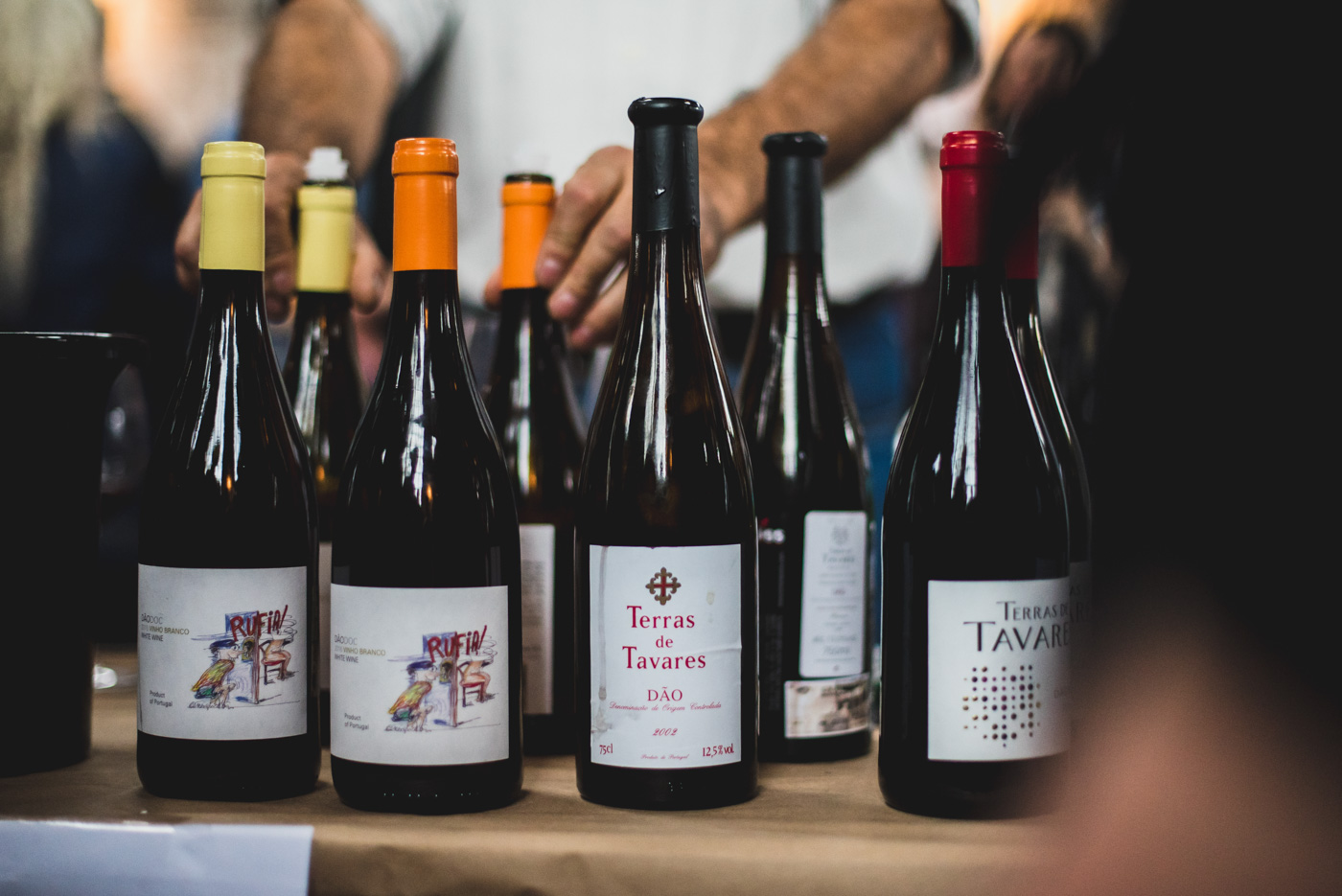
Ask Patrick Cournot, the sommelier of Ruffian Wine Bar in New York City, and he’ll define things a bit differently: “When I say, ‘natural wine,’ I’m talking about the top five percent of winemakers—those who know their properties very well. I don’t restrict it to wines that are just grape juice plus time; rather, I mean wines that are not made in a cynical way. Currently, customers assume all wine is a trustworthy luxury product, no matter who makes it.”
Still others reject the term “natural” entirely, such as Head Sommelier Raj Vaidya at New York’s Michelin-starred restaurant DANIEL: “People should absolutely be thinking about farming practices; but the terminology is problematic, because consumers tend to equate ‘natural’ with ‘good.’ If the first wines they are drinking are poor quality natural wines, they may decide they don’t like wine at all.”
Early adopters of natural wine will likely agree with Vaidya, having tasted the fruits of unskilled producers who rushed to profit from the growing trend. Fortunately, the number of thoughtful vineyards and winemakers crafting high quality natural wines has grown significantly over the last decade. Among them is Deirdre Heekins of La Garagista in Vermont, a former sommelier who began making wine in her claw-foot bathtub to better understand the subtleties of the product: “My own experiments led me to conclude that real wine is made in the field. If you really want to understand the work of producers, you need to start from the ground up—literally.”
Heekins’ story is noteworthy in that it represents a second trend that has evolved alongside natural wine: growing grapes in non-traditional regions. As she explains, “Farming is a challenge wherever you live and whatever methodology of agriculture you espouse…[but] in the long run, working organically and biodynamically increases the health of the vineyard and its natural resistance over time, including the vines’ ability to adapt to our climate and region.”
Farming in previously uncultivated regions poses the issue of discovering which varietals will thrive in particular climates, but for organic farmers it also provides the advantage of soil that has not previously been ravaged. Using the example of Champagne, Vaidya explains: “In Champagne, the tradition of farming was essentially chemical warfare for decades. If you are a smaller farmer in the region, it’s nearly impossible to be a leader in the transition from widespread pesticides to organic farming, as you are almost guaranteed to lose your crop.” He continues, “People assume big farming is bad, but it is actually some of the bigger companies that have been most active in moving toward better farming practices in Champagne.”
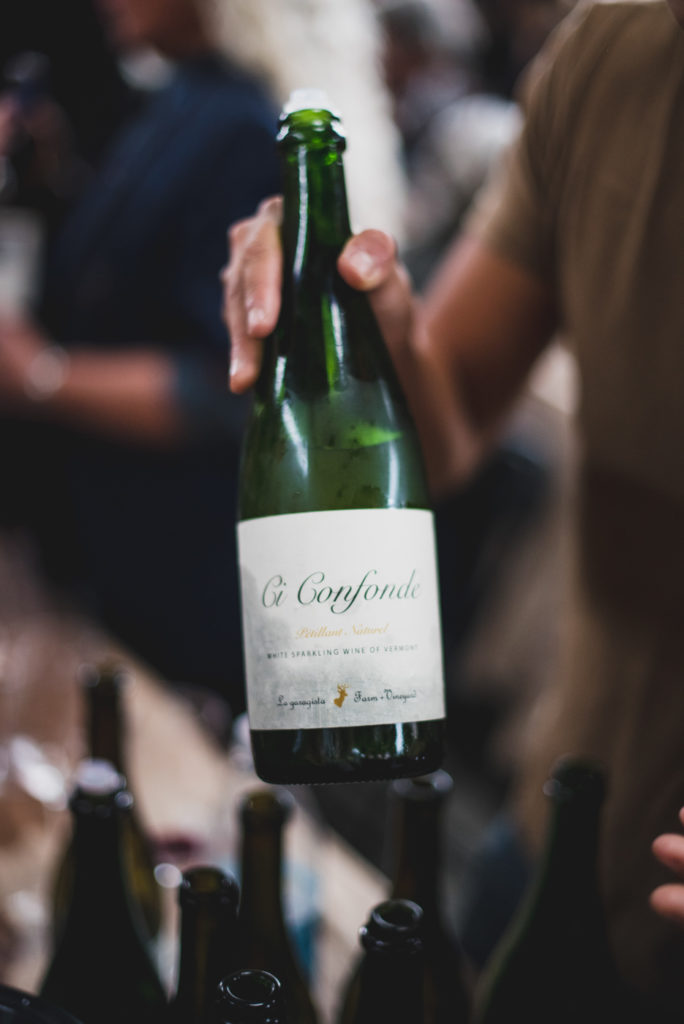
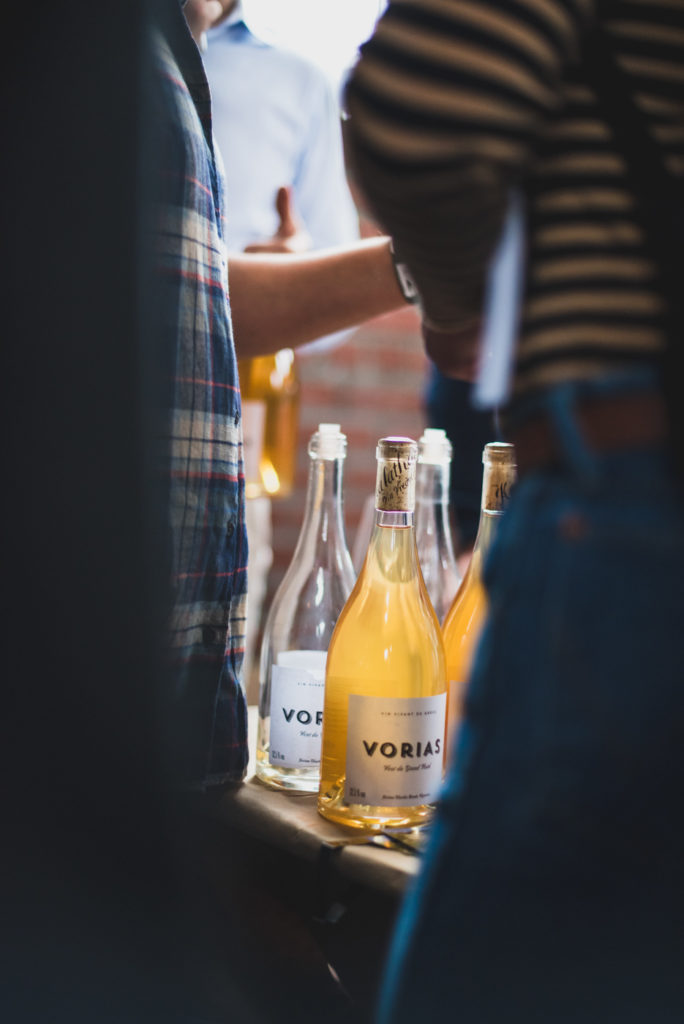
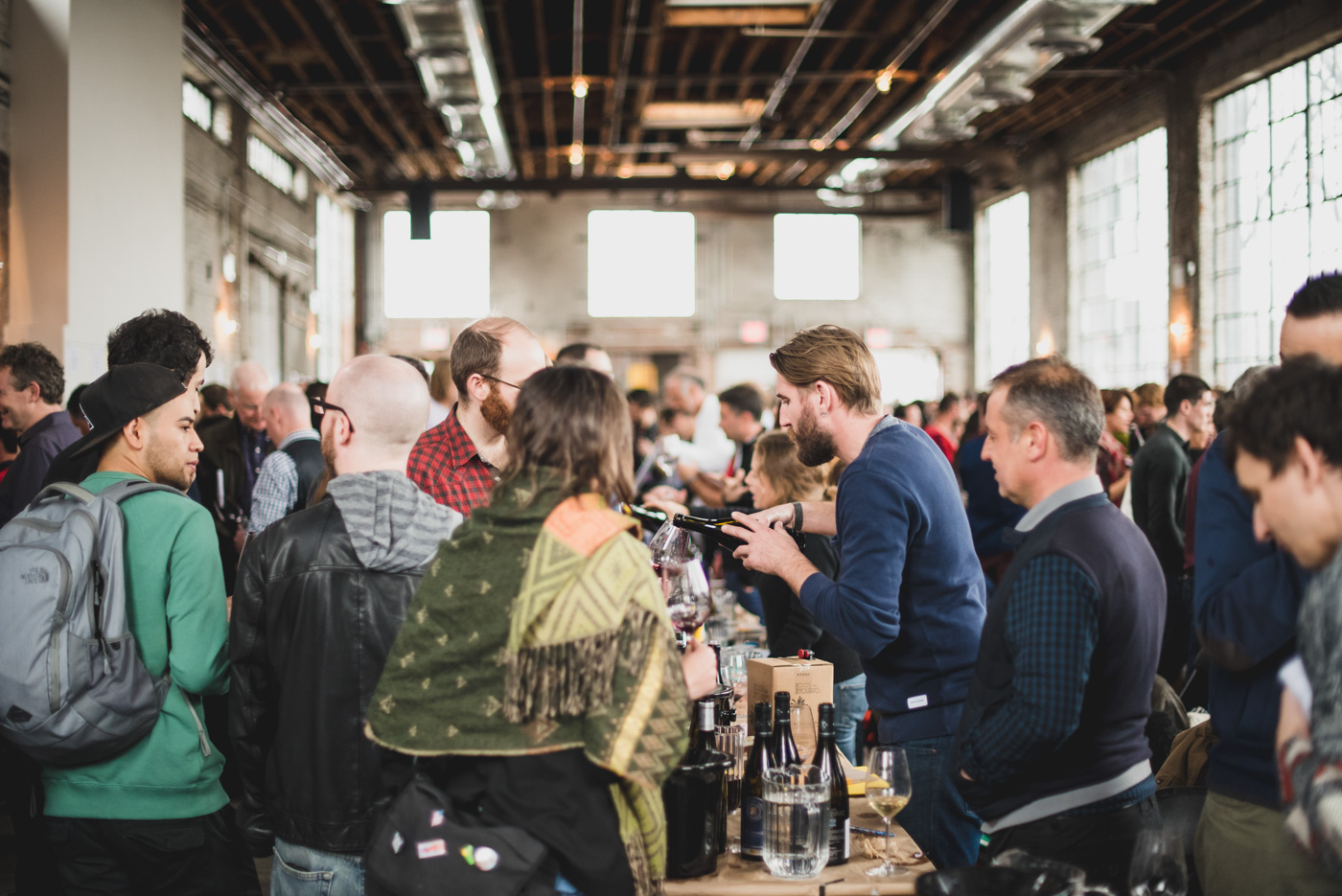
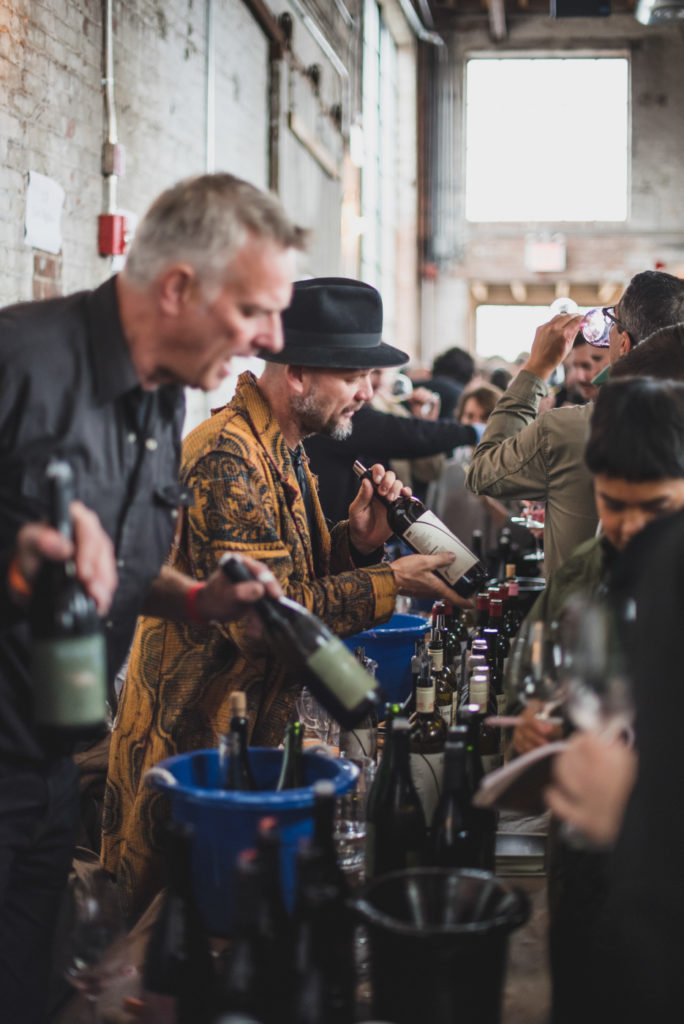
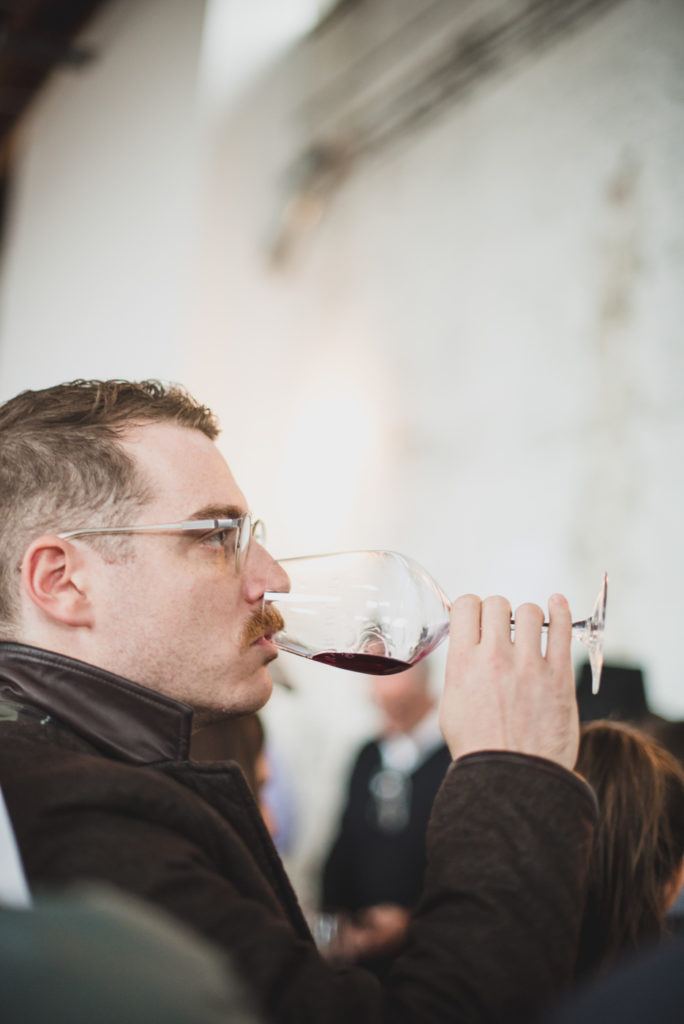
That’s not to say that there are no small, natural winemakers in the world’s most famous regions. Many point to Burgundy’s exclusive Domaine de la Romanée-Conti as a longstanding example of organic, biodynamic wine production. However, for many years, such established wineries hesitated to identify themselves as natural winemakers, given the association of “volatile acidity” or “funkiness” that consumers may experience when exploring the full spectrum of natural wines.
Cournot admits that not all natural bottles are perfect, but argues the ones that are made well are typically superior: “In natural wines that are made well, the range of flavors is more balanced, there’s an increased density of flavor and many have a natural acidity that isn’t harsh. Of course, there are also flawed wines made naturally; but even if they are not always perfect, we see advances year-to-year from the people who believe in making a good, honest product.”
What makes natural wine more challenging to produce is not just year-to-year changes in climate, but the fact that one may find variation on a bottle-to-bottle level from the same crop. This makes drinking natural wine more of an adventure—and a gamble. Yet Legeron argues that drop-for-drop, drinkers find more value with natural wines. “It’s a harder way of farming and takes more manpower, which makes no economic sense. Yet from a buyer’s perspective, you get a lot more value than with conventional wines, because you’re not paying for marketing. You’re just paying for the wine itself.”
This lack of marketing in the world of natural wine is, in large part, Legeron’s motivation for founding the RAW WINE fair. With little-to-no cash flow for expenses beyond production, most natural winemakers remain unknown to the general public. This entire sect of industry relies on highly motivated distributors and hospitality professionals to educate consumers, glass-by-glass.
Legeron knows that educating these “gateway” wine influencers is the first step in spreading the word about natural wine. “When speaking to chefs, sommeliers, and restaurant teams, my main argument is this: ‘If you’re banging on about local sourcing and getting vegetables from an organic farm upstate, why should you have a cellar that is completely at odds with what is happening in the kitchen?’”
Part of the problem, of course, is that wine has not been held to the same level of scrutiny as other agricultural products. In fact, the vast majority of brand name wine is crafted with multiple additives to speed and manipulate the fermentation process. It’s essentially the difference between Doritos and an artisanal potato chip—except, in wine, there is no requirement to list the coloring, flavoring, preservatives, or other chemicals added to each bottle.
“Adding anything into the fermentation process beyond sulfur is incorrigible,” Vaidya underscores. “You can absolutely tell the difference between a wine that has ‘place character’ and those that have been created more-or-less in a lab.” Certain natural wine advocates would go further and argue against sulfur, yet Vaidya notes a subtle distinction. There are certain regions of the world, like Alsace or Mosel, where the iconic local wines feature residual unfermented sugar. Without the addition of low levels of sulfur, those wines risk to restart fermentation in the bottle, resulting in off-aromas or trapped CO2 gas. “If you try to make zero-sulfite wines with certain grapes in certain regions, you’re all but guaranteed a poor quality product.”
Cournot takes these arguments a step further, arguing that serving mass-produced wines is a moral issue for hospitality professionals: “Fifty percent of all wine made domestically is not even close to what we should consider wine. It’s an industry dominated by pesticide companies and oil refiners; they took biowarfare chemicals and turned them into wine additives. If you are a paid professional who does this for a living, it’s beyond blasphemous to serve wines that you know will make people feel like shit.”
At the heart of this conversation, of course, is the farmer. While many would point their finger at growers as the source of these manipulated, toxic products, that would be revisionist history. Much like producers of grain and wheat who, in good faith, purchased GMO seeds or pesticides to boost their crops, the first generation of winemakers to introduce innovation into their practices did not intend to poison their land—or their customers.
For the industry to progress toward transparency, it will require the participation of not just farmers and wine professionals, but also the common consumer. Yet the seeds of the conversation around natural wine have already taken root. “Natural wine is here to stay. It actually has always been here—for thousands of years,” Heekins notes. “Conventional wine is really just a blip on the continuum. At some point, we have to retire the more surface-level conversations and start talking about deeper issues, like the nature of viticulture and how it can improve the viability and health of the land, the fruit, and—of course—the wine.”
——
Photography shot on location at New York’s Raw Wine Festival in the Fall of 2017.





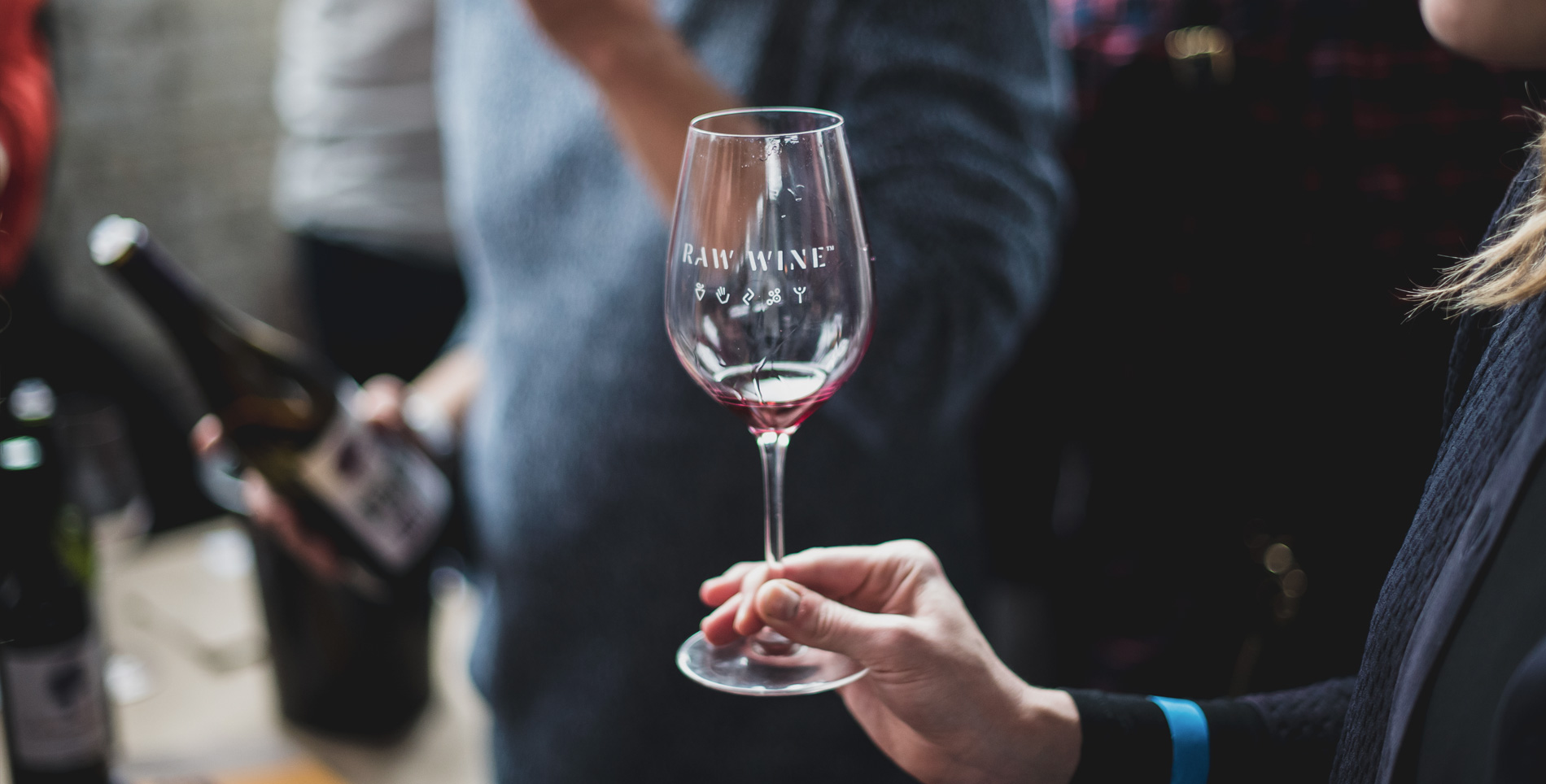

Our comments section is for members only.
Join today to gain exclusive access.